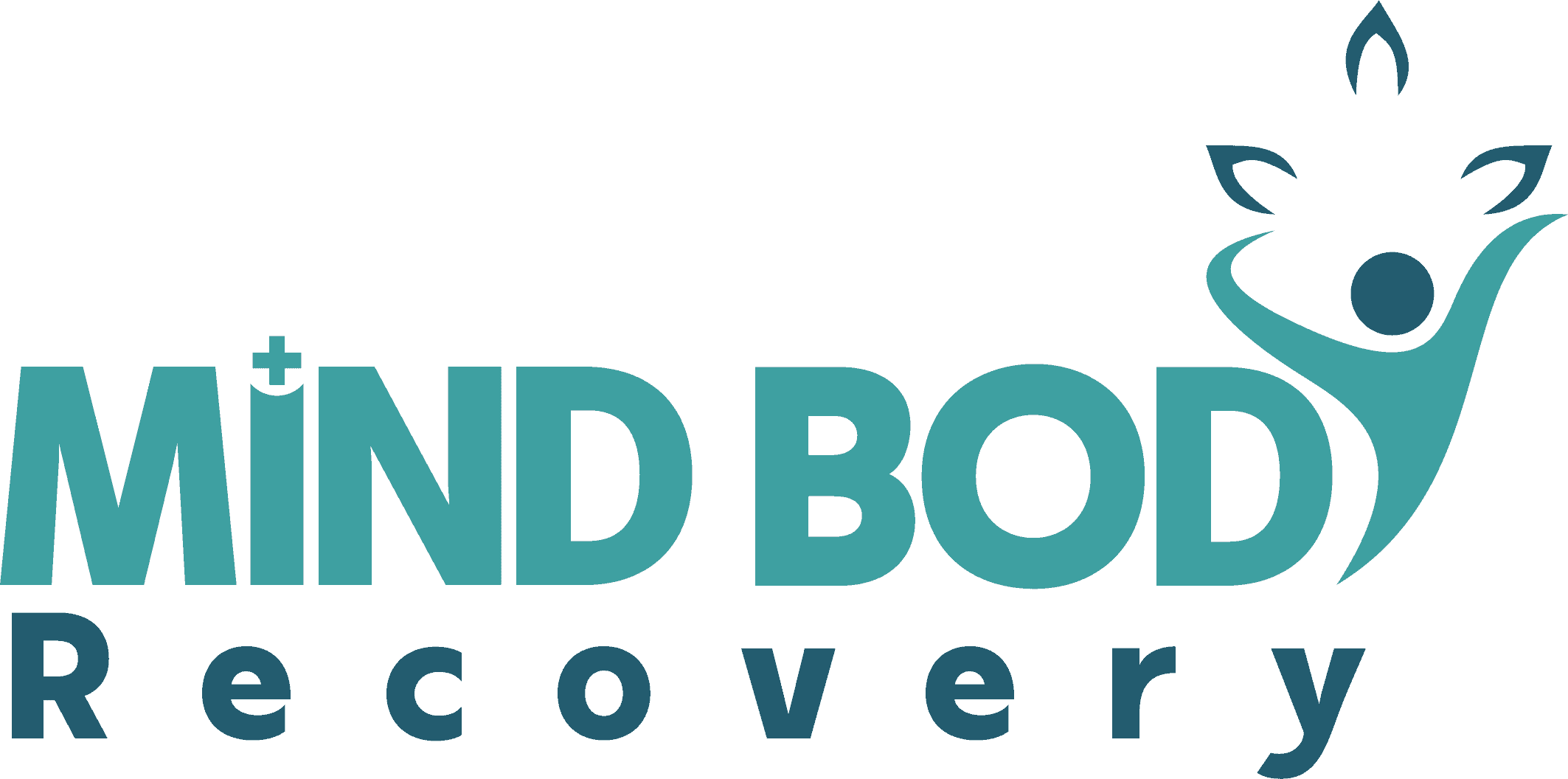The term ‘harm reduction’ has many interpretations and many applications, so please understand I am talking about a general concept where a person is taught the safest practices possible, be it wearing a seat belt when driving, using condoms for safe sex, using clean needles, or walking to the bar (least you have one too many and are not safe behind the wheel). That’s not what abstinence programs want to hear, but let’s face it, all people are not poly drug users or out of control in all areas, and many can do well practicing moderation in most areas, along with abstinence when it comes to their drug of choice.
I see the dilemma… How do we teach abstinence and harm reduction at the same time? If you teach the harm reduction protocol for using heroin, which is a list of many tips including ‘never use alone’, ‘the 3-day rule’ (a formula for not getting drug sick), and ‘how to inject without getting an abscess’, amongst many other harm reduction techniques, you will most likely be called an enabler for this which is probably technically correct, however you also enabled this person to stay alive, less debilitated, and less likely to become incarcerated.
And here we go with the argument- is it fair to keep harm reduction information from chronic heroin users, or would they take it as permission giving? How many who overdosed might have been spared had they known simple harm reduction techniques and formulas? And how far are we willing to take tough love? I would like to say that in theory I believe the safest place for an addict to be is home with his family, but that can be dangerous for the family because of the stealing, lies, and risky behavior that invariably come along with using heroin. And thus, harm reduction issues and protocols remain a dilemma.

